Ulnar-sided wrist pain. II. Clinical imaging and treatment
- PMID: 20012039
- PMCID: PMC2904904
- DOI: 10.1007/s00256-009-0842-3
Ulnar-sided wrist pain. II. Clinical imaging and treatment
Abstract
Pain at the ulnar aspect of the wrist is a diagnostic challenge for hand surgeons and radiologists due to the small and complex anatomical structures involved. In this article, imaging modalities including radiography, arthrography, ultrasound (US), computed tomography (CT), CT arthrography, magnetic resonance (MR) imaging, and MR arthrography are compared with regard to differential diagnosis. Clinical imaging findings are reviewed for a more comprehensive understanding of this disorder. Treatments for the common diseases that cause the ulnar-sided wrist pain including extensor carpi ulnaris (ECU) tendonitis, flexor carpi ulnaris (FCU) tendonitis, pisotriquetral arthritis, triangular fibrocartilage complex (TFCC) lesions, ulnar impaction, lunotriquetral (LT) instability, and distal radioulnar joint (DRUJ) instability are reviewed.
Figures

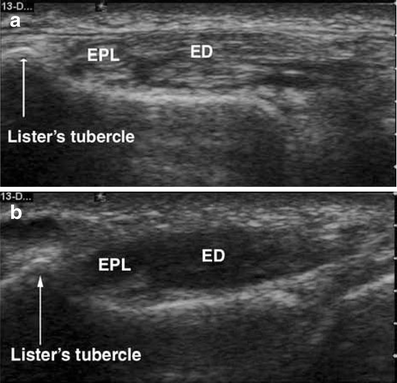



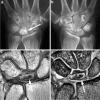


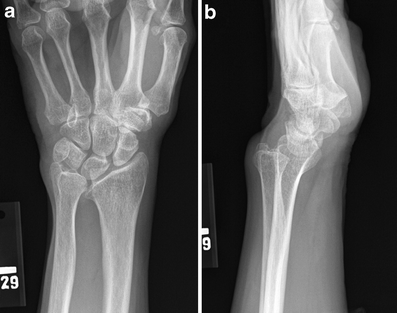


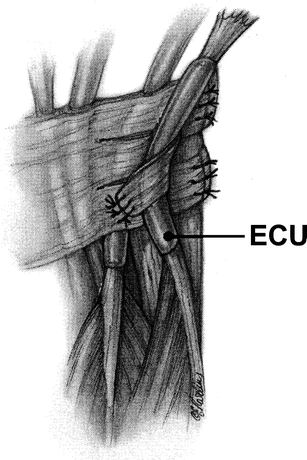
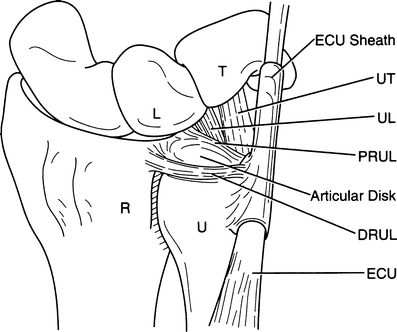


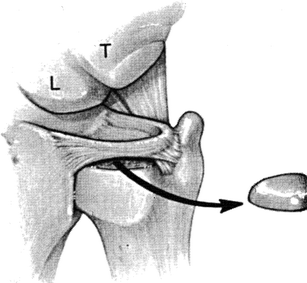

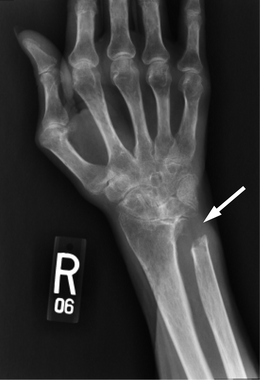
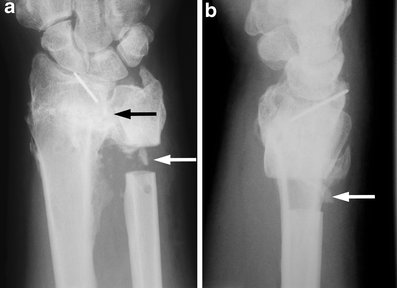
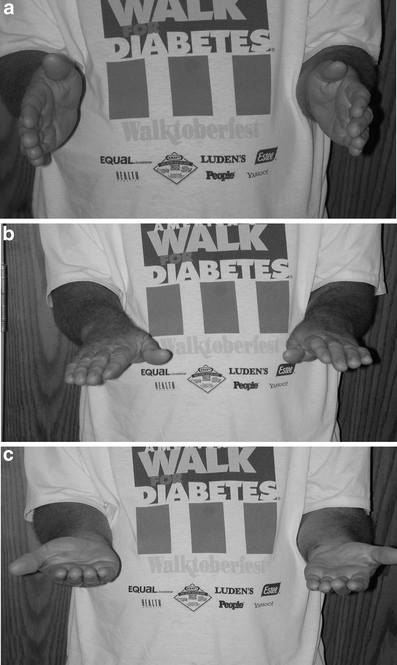
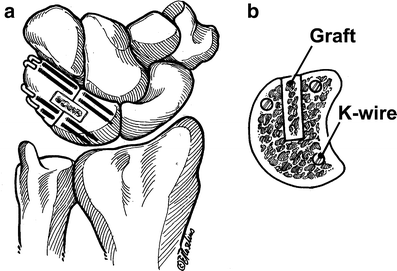
Similar articles
-
Imaging of ulnar-sided wrist pain.Clin Sports Med. 2006 Jul;25(3):505-26, vii. doi: 10.1016/j.csm.2006.02.008. Clin Sports Med. 2006. PMID: 16798140 Review.
-
Depiction of the triangular fibro-cartilage in patients with ulnar-sided wrist pain: comparison of direct multi-slice CT arthrography and direct MR arthrography.Eur Radiol. 2009 Jan;19(1):147-51. doi: 10.1007/s00330-008-1118-3. Epub 2008 Jul 30. Eur Radiol. 2009. PMID: 18665366
-
Ulnar-sided wrist pain: a prospective analysis of diagnostic clinical tests.ANZ J Surg. 2021 Oct;91(10):2159-2162. doi: 10.1111/ans.17169. Epub 2021 Aug 30. ANZ J Surg. 2021. PMID: 34459533
-
Subluxation of the extensor carpi ulnaris on magnetic resonance imaging on neutral wrist position: correlation with tenosynovitis of the extensor carpi ulnaris and translation of the distal radioulnar joint.Skeletal Radiol. 2021 Aug;50(8):1593-1603. doi: 10.1007/s00256-020-03705-4. Epub 2021 Jan 11. Skeletal Radiol. 2021. PMID: 33432435
-
[Ulnar wrist pain].Orthopade. 2004 Jun;33(6):638-44. doi: 10.1007/s00132-004-0668-6. Orthopade. 2004. PMID: 15138678 Review. German.
Cited by
-
The triangular fibrocartilage complex on high-resolution 3 T MRI in healthy adolescents: the thin line between asymptomatic findings and pathology.Skeletal Radiol. 2021 Nov;50(11):2195-2204. doi: 10.1007/s00256-021-03779-8. Epub 2021 Apr 17. Skeletal Radiol. 2021. PMID: 33864484 Free PMC article.
-
An uncommon case of traumatic pisiform dislocation with triquetral fracture.J Radiol Case Rep. 2022 Apr 1;16(4):1-10. doi: 10.3941/jrcr.v16i4.4474. eCollection 2022 Apr. J Radiol Case Rep. 2022. PMID: 35530418 Free PMC article.
-
Ulnar-Side Wrist Pain Management Guidelines: All That Hurts is Not the TFCC!Indian J Orthop. 2021 Jan 1;55(2):310-317. doi: 10.1007/s43465-020-00319-9. eCollection 2021 Apr. Indian J Orthop. 2021. PMID: 33927808 Free PMC article. Review.
-
Current perspectives in conventional and advanced imaging of the distal radioulnar joint dysfunction: review for the musculoskeletal radiologist.Skeletal Radiol. 2019 Mar;48(3):331-348. doi: 10.1007/s00256-018-3042-1. Epub 2018 Sep 1. Skeletal Radiol. 2019. PMID: 30171275 Review.
-
Ulnar Wrist Pain Revisited: Ultrasound Diagnosis and Guided Injection for Triangular Fibrocartilage Complex Injuries.J Clin Med. 2019 Sep 25;8(10):1540. doi: 10.3390/jcm8101540. J Clin Med. 2019. PMID: 31557886 Free PMC article. Review.

